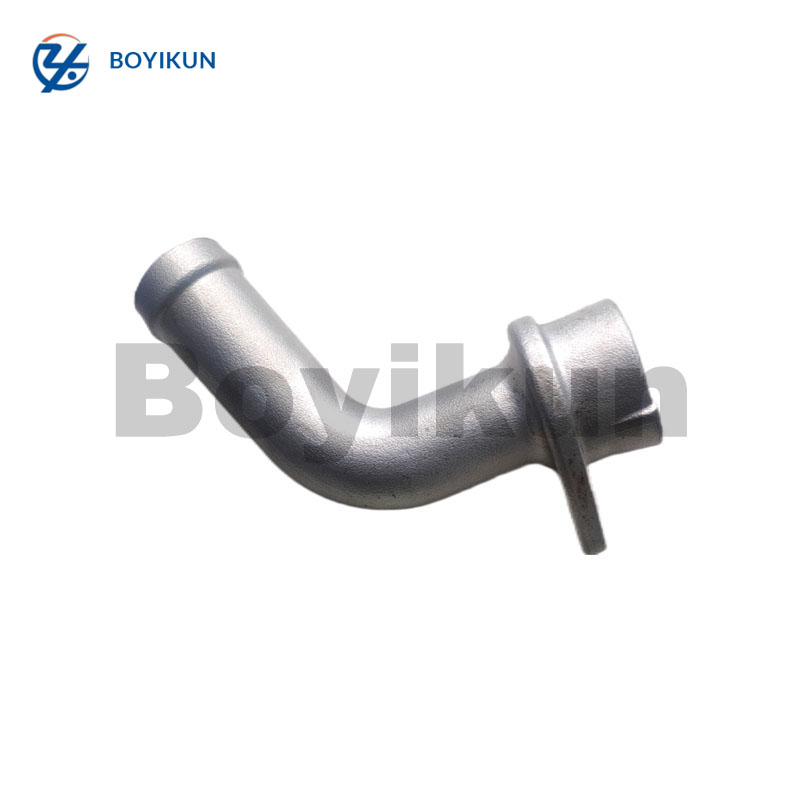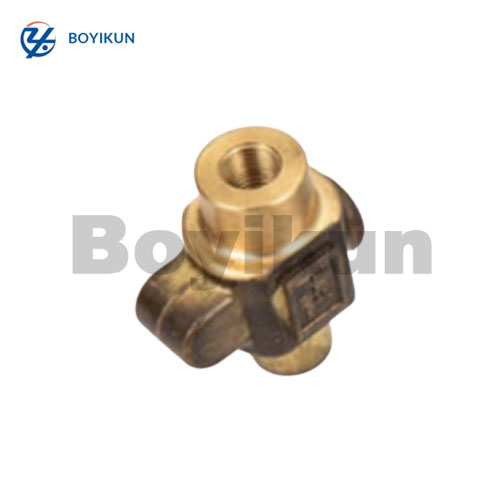
Small batch production itself doesn't have a huge profit margin, so everyone wants to save money on the process. So, does investment casting save costs? Sometimes it does, but sometimes it might even cost more. It all depends on the specific situation. Don't just use investment casting based on word of mouth, nor should you dismiss it outright because it's expensive. You need to analyze the costs carefully to determine if it's suitable.

The initial preparation for investment casting is complex and expensive. For example, wax patterns and shell molds must be made, each requiring specialized molds and materials. Even for small batches, the necessary wax molds and shell materials are essential, and these initial investments don't decrease significantly with smaller batches. For example, if you're customizing 10 complex parts, the wax molds might cost several thousand yuan. Spread across each part, the upfront mold costs alone account for a significant portion of the cost. Using other processes, such as CNC machining, might eliminate the need for such complex upfront molds, potentially reducing initial costs.
If the part structure is particularly complex, investment casting may actually help you save on later costs. For example, some parts have numerous tiny holes and intricate curves, which might not be possible with sand casting and would require further machining. CNC machining would require milling the complex structure piece by piece, which is time-consuming, labor-intensive, and incurs high processing costs. However, investment casting can cast these complex structures in one go, essentially eliminating the need for extensive later machining. For example, for custom small batches of precision gear parts, investment casting can directly cast the tooth profile, eliminating the need for separate milling, saving significant processing time and costs. While the initial cost may be higher, the later savings can offset some of the cost, potentially reducing the overall cost compared to other processes.

For parts made of high-temperature alloys or stainless steel, the cost advantage of investment casting is even more pronounced. These special materials are difficult and expensive to manufacture using other processes. For example, using forging to make high-temperature alloy parts requires heating the metal to very high temperatures and using large-scale forging equipment. For small-batch production, the equipment commissioning and processing fees are high. Investment Casting, on the other hand, is well-suited to these specialized materials, with minimal impact on material properties during the casting process and eliminating the need for extensive additional processing. This makes overall costs more manageable.